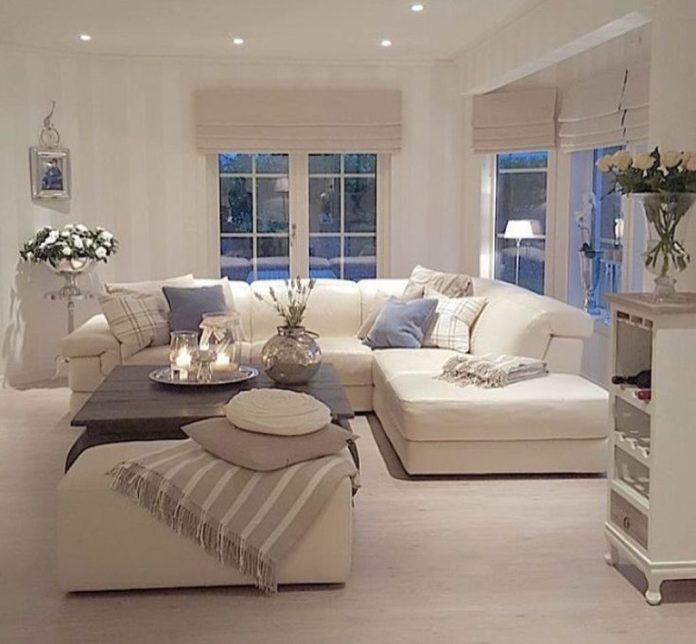Creating a serene and relaxing living space is a top priority for many homeowners. One effective way to achieve this is through a monotone color scheme. Monotone living rooms use varying shades of a single color to create a cohesive, calming environment that promotes relaxation and tranquility. Here’s how you can use monotone colors to transform your living room into a haven of peace and relaxation.
The Psychology of Monotone Colors
Monotone color schemes are known for their ability to create a harmonious and balanced atmosphere. By using different shades, tints, and tones of one color, you can create a space that feels unified and soothing. This approach minimizes visual clutter and can significantly reduce stress and anxiety.
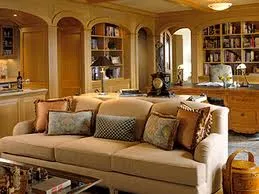
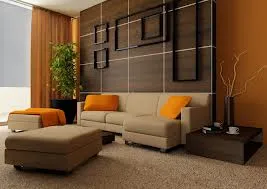
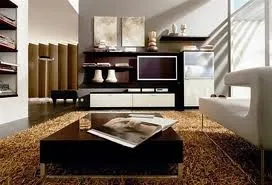
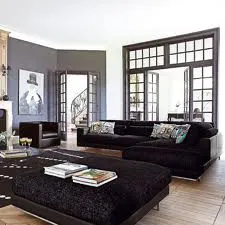
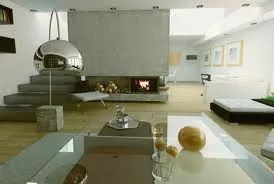
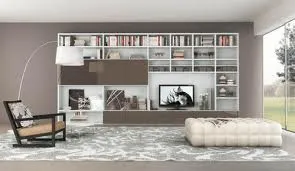
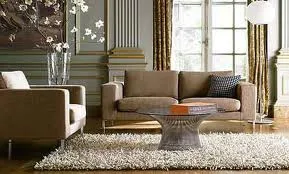
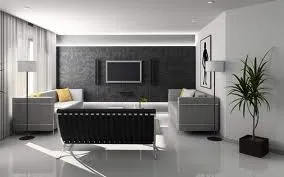
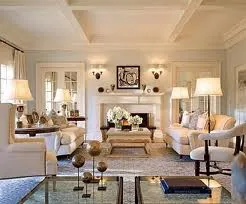
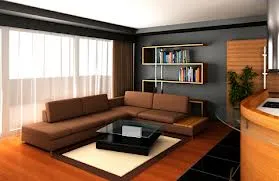
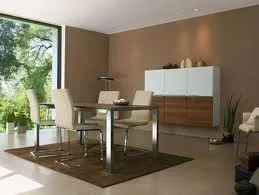
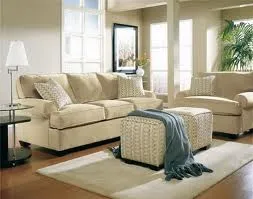
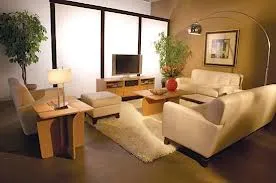
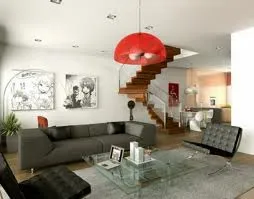
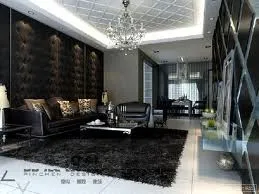
Key Benefits:
- Calming Effect: Soft, muted shades of a single color can help lower stress levels and create a sense of peace.
- Cohesive Look: A monotone scheme provides a streamlined, elegant appearance, making your living room look well-thought-out and sophisticated.
- Flexibility: Monotone schemes are versatile and can be adapted to suit any style, from modern to traditional.
Choosing Your Monotone Palette
Selecting the right color is crucial. Different colors evoke different emotions, so choose a palette that aligns with the mood you want to create.
Popular Monotone Choices:
- Blues: Known for their calming and soothing properties, shades of blue can make your living room feel like a tranquil oasis.
- Greys: Grey tones are neutral and can evoke a sense of calm and stability. They are perfect for creating a sophisticated and serene environment.
- Beiges and Browns: Earthy tones are warm and inviting, making your living space feel cozy and relaxing.
- Greens: Associated with nature and renewal, green shades can bring a refreshing and calming vibe to your room.
Implementing Monotone Colors
To create a visually interesting monotone living room, it’s essential to incorporate different textures, patterns, and materials. This approach adds depth and dimension to the space, preventing it from feeling flat or boring.
Tips for Success:
- Layering Textures: Mix and match different materials like linen, velvet, wood, and metal to add richness to your monotone palette.
- Varying Shades: Use a range of light and dark shades within your chosen color to create contrast and interest.
- Accents and Accessories: Incorporate decorative items such as throw pillows, rugs, and artwork in varying shades to enhance the monotone effect.
- Natural Elements: Introduce plants, natural light, and organic materials to add warmth and vibrancy to your monotone scheme.
Final Touches
Complete your monotone living room with carefully selected furniture and accessories that complement your chosen color palette. Think about how each piece will contribute to the overall mood of the room. Comfortable seating, soft lighting, and minimalist decor can all enhance the relaxing atmosphere.
Conclusion
A monotone living room is more than just a design choice; it’s a lifestyle enhancement. By carefully selecting and implementing a monotone color scheme, you can create a space that not only looks beautiful but also promotes relaxation and well-being. Whether you choose calming blues, neutral greys, earthy beiges, or refreshing greens, a monotone living room can help you unwind, release, and relax in the comfort of your home.


